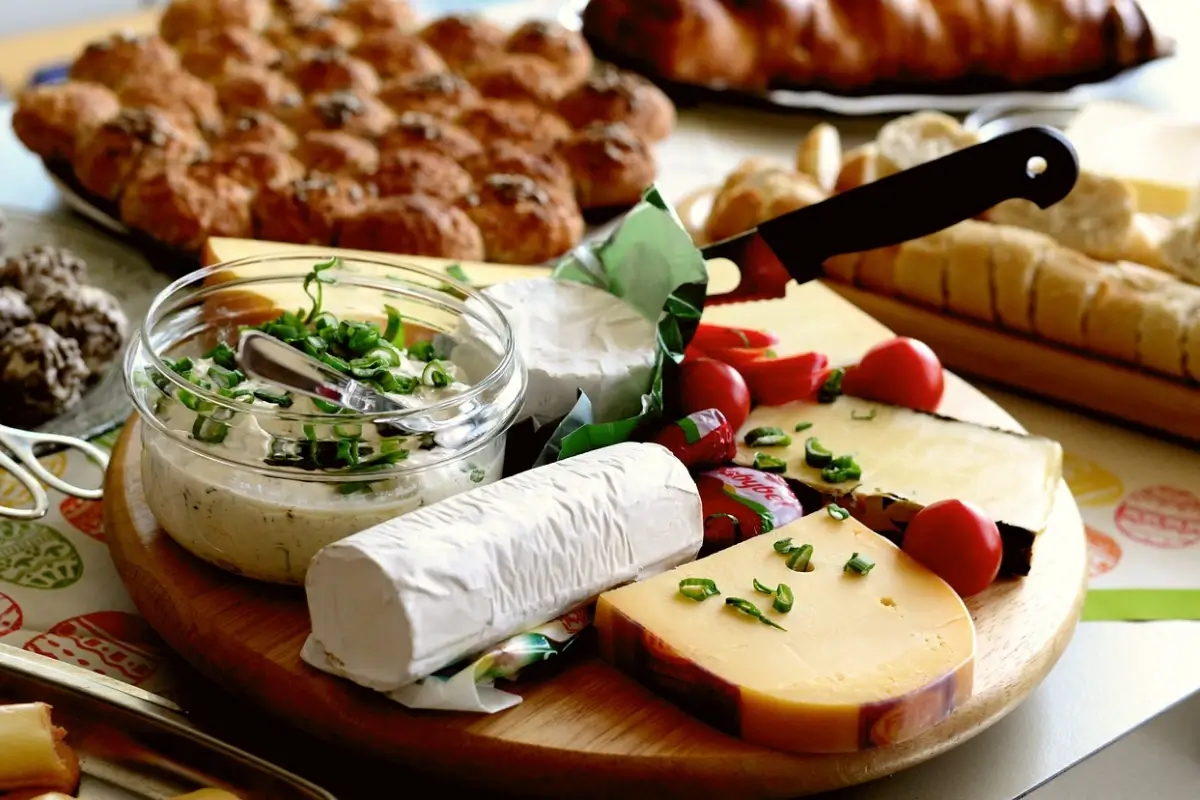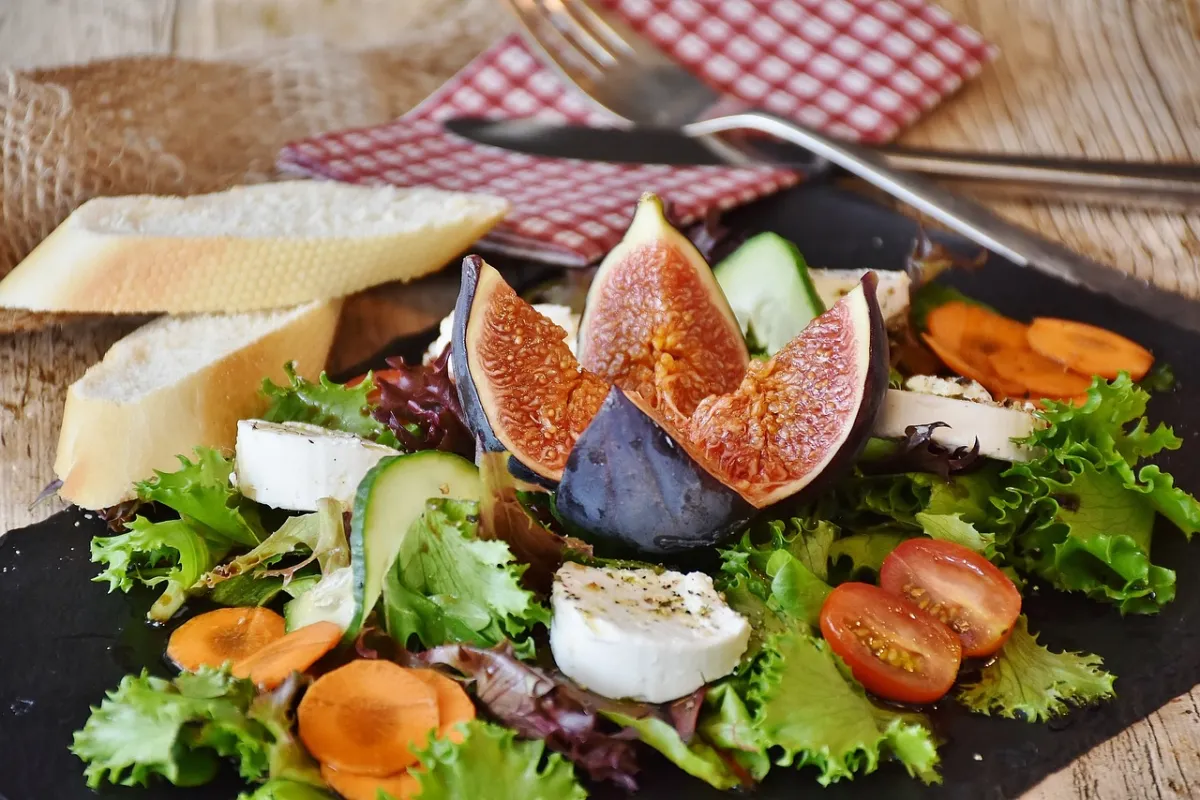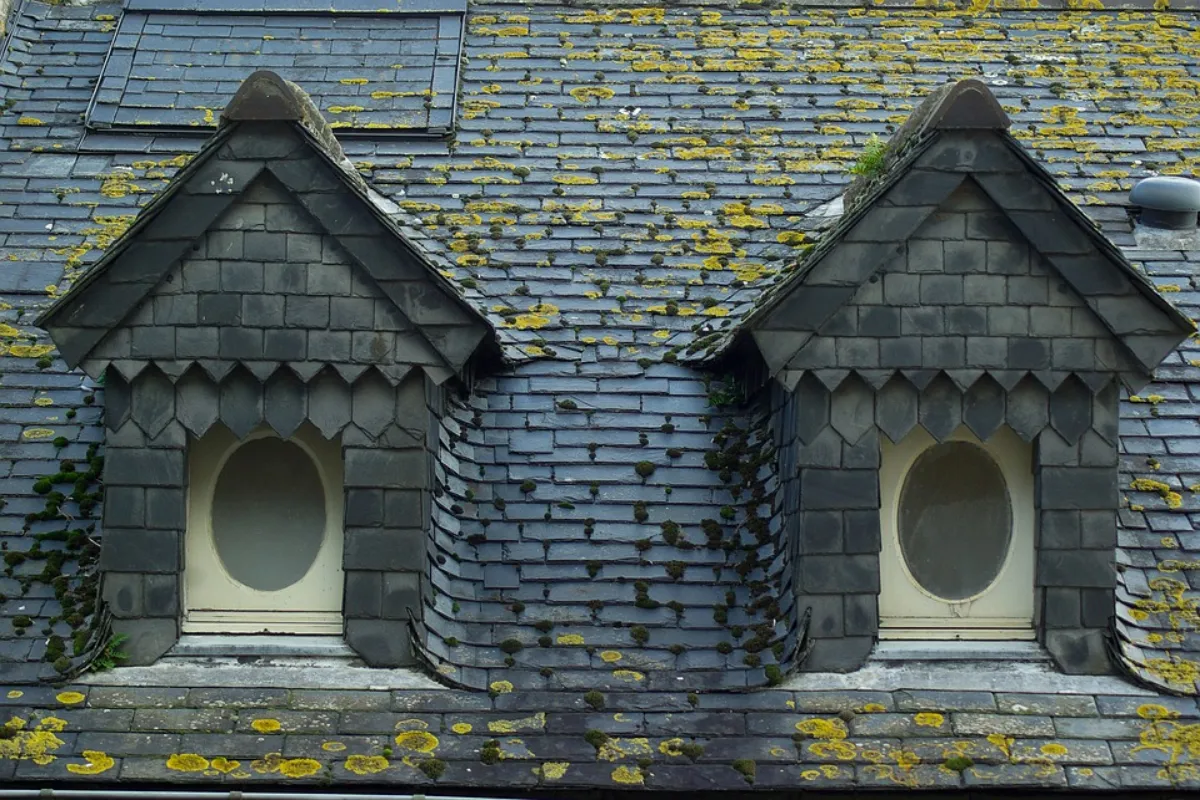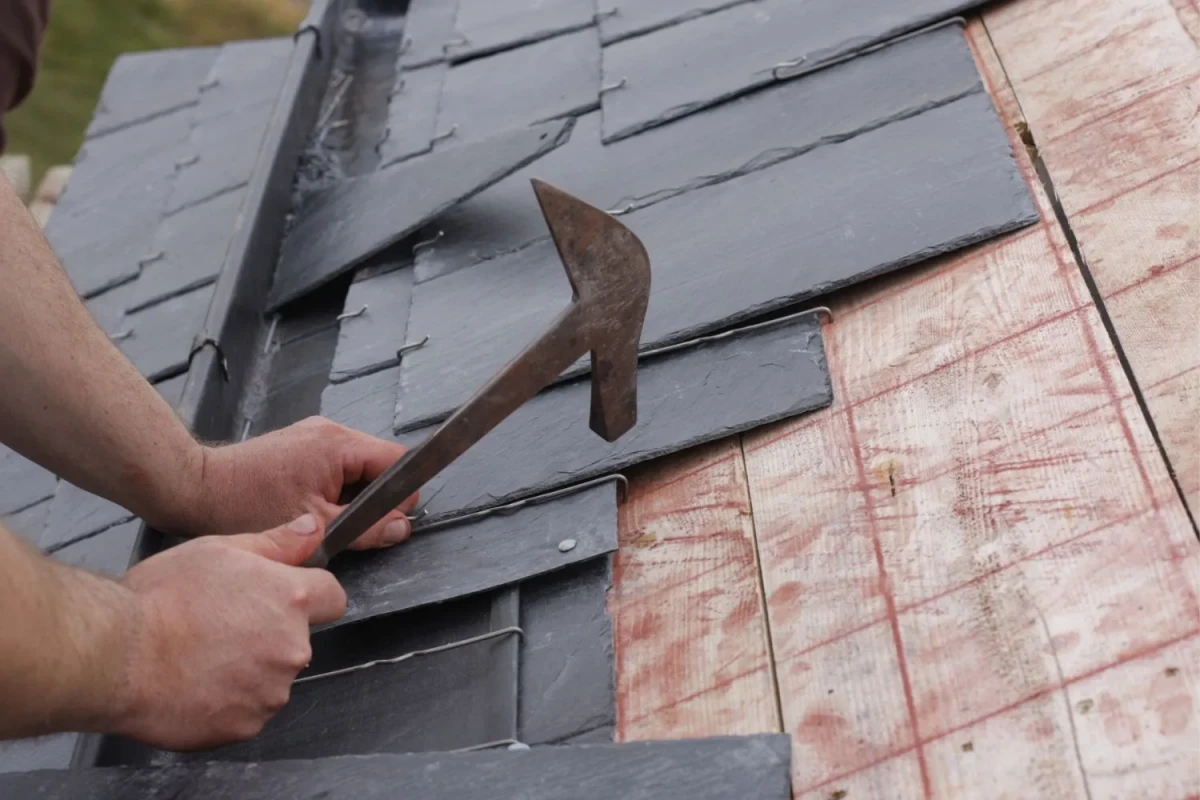The Technical Method of Laying Slate Roof Tiles
Slate tile is a primitive style roof landscaping material made of natural stone, polished and cut. It is environmentally friendly, low-carbon, beautiful and natural. For hundreds of years, European and American countries have carried out deep processing on slate and widely used it in building roofs. The cost of the slate roof project is relatively high and the construction is difficult. The following is a brief analysis of the technical methods of slate roof tiles combined with engineering practice.
The material of slate tile is a kind of natural stone, and its biggest feature is that it has natural cleavage, which can be split by hand or machine, and has simple and natural surface characteristics. The material of the slate tile must have the characteristics of good splitting performance, good flatness, small color difference, high bending strength, good acid and alkali resistance, low water absorption, good weather resistance, etc., especially must have good splitting performance. Slate roof tiles can be divided into thousand-hanging method and wet-laying method according to their laying methods.
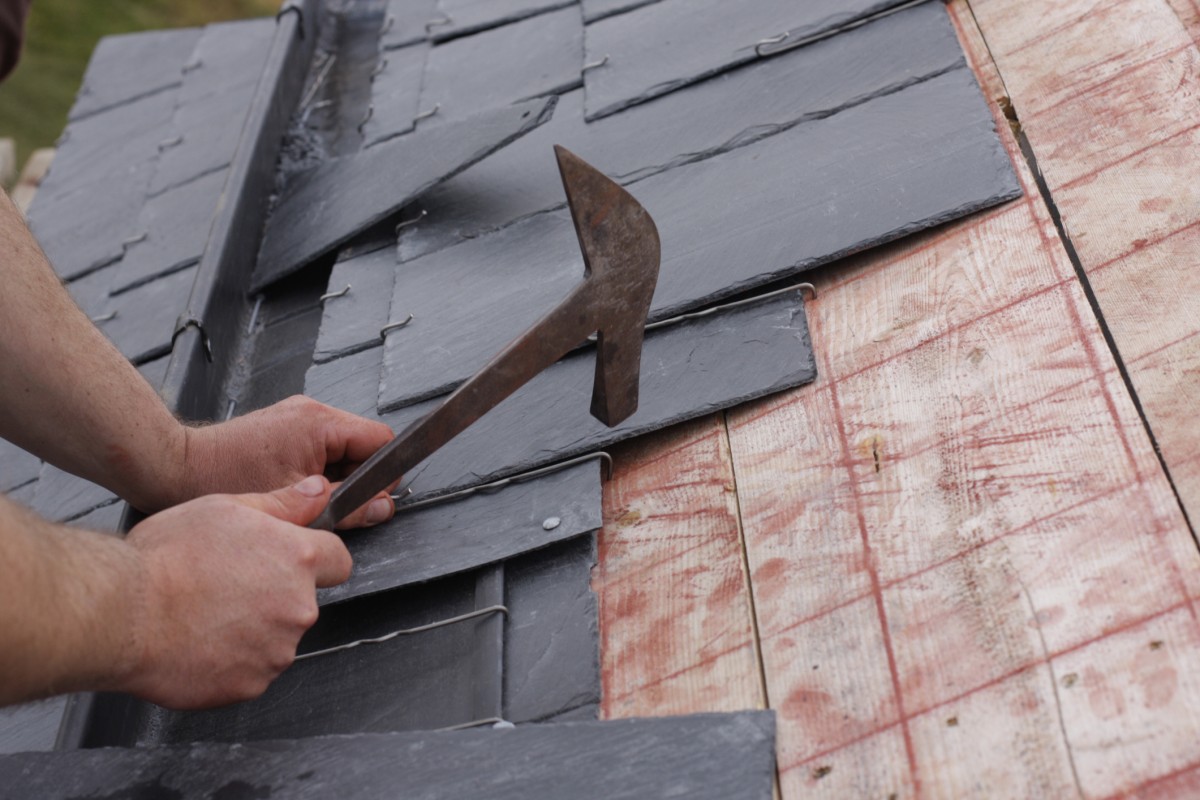
roofer made a roof with slates. (iStock)
1. Technical control points of wet laying method
The wet laying method simply means that the slate tiles are directly pasted on the roof by using polymer adhesive mortar.
1.1 Inspection of incoming materials
(1) Slate roof tiles
Slate tiles are generally split by hand, and the thickness and flatness must be strictly controlled. If the thickness is uneven or the flatness is poor, the finished product will be warped, wavy, and easily damaged. In addition, the color difference of the roof tiles must be controlled to meet the design requirements and achieve a natural and beautiful effect.
(2) Polymer bonding mortar
The quality of polymer bonding mortar is crucial to the laying quality of slate tiles. It must have relevant materials such as factory certificates, and carry out on-site witness tests. It can only be used after passing the retest.
1.2 Key points of construction process control
(1) Flatness control of roof mortar leveling layer.
The flatness of the roof mortar leveling layer must be strictly controlled, otherwise the roof tiles will be wavy and partially warped after laying.
(2) Bonding area and cement nail fixing control
In order to make the slate tiles laid firmly, it is necessary to ensure that there is sufficient bonding area between the tile and the bonding mortar, and that the cement nails have sufficient grip. Therefore, the polymer bonding mortar should be full and the cement nails should be placed in place.
(3) Pick out the size control of the fascia board
Pick out the size of the fascia board should meet the requirements of the specification
(4) Width control of tiles on two slope tiles
The width of the cover should meet the requirements of the specification.
2. Key points of technical control of thousand hanging method
The thousand-hanging method is simply to fix the slate tiles to the roof through the hanging tiles.
2.1 Inspection of incoming materials
(1) Roof tiles
The inspection requirements for roof slate tiles are the same as those for the wet laying method.
(2) Mushun water strips and hanging tile strips
Wooden water strips and hanging tile strips are all roof stress components, and must be treated in strict accordance with the requirements of wooden structures for fire prevention, insect protection and anticorrosion, and must be inspected.
2.2 Key points of construction process control
(1) Treatment of wooden pads and C-shaped steel joints under the downstream strip
The downstream strip is fixed on the wooden spacer through steel row nails, and the wooden spacer is fixed on the C-shaped steel through expansion bolts, as shown in Figure 2. When the wooden block is fixed, the expansion bolt penetrates the waterproof coiled material and the wooden watch board, and damages the roof waterproof layer. Therefore, waterproof repairs must be carried out on the joints, which is easy to be neglected. This project requires the construction unit to use SBS ointment to repair the waterproof layer. Repair and carry out concealed acceptance.
(2) Treatment of fixed joints of corrugated iron and water strips
There is a groove in the middle of the corrugated iron crest, and the steel row nails are fixed on the water strip through the groove. Water is easy to form in the groove, and the steel row nails enter the interior of the roof, thereby affecting the waterproof performance of the structure. Therefore, the construction unit is required to fill the groove with foaming waterproof material to prevent water from leaking, and to conduct concealed inspections.
(3) Protection of waterproof membrane
During the installation of water strips and corrugated iron, the construction work surface is directly made of waterproof membranes, therefore, measures must be taken to strengthen the protection of waterproof membranes. During construction, workers must wear flat shoes and remove debris on the roof in time , if the coil is damaged, repair it in time.
(4) Pick out the size control of the fascia board
The size requirements of the pick out fascia board are the same as those of the wet laying method
(5) Width control of tiles on two slope tiles
The covering width of the ridge tiles on the two slope tiles is the same as that of the wet laying method
(6) Fixing of roof slate tiles
The length of the stainless steel nails entering the tile must be long enough to meet the force requirements. Therefore, the fixing of the stainless steel nails must be strictly checked.
2023-04-20

